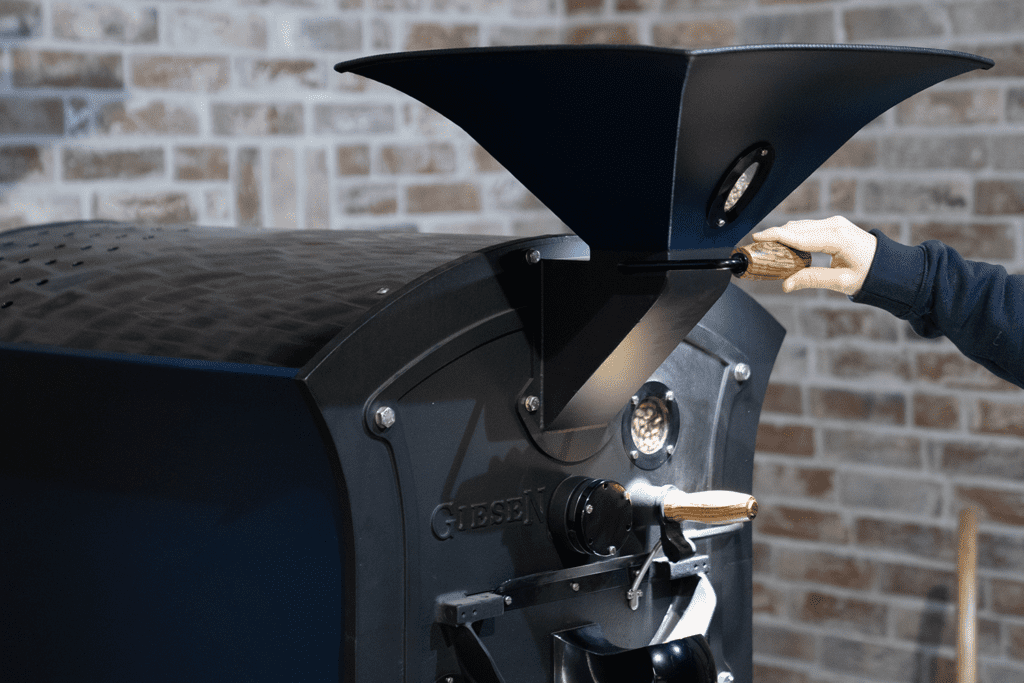How to use heat to soak or shock your coffee
by Willem Boot
One of the more interesting experiments you can do when roasting coffee is applying the Heat Soak and Heat Shock technique. In this blog, we talk about the procedure you can follow to implement this technique in your roast, and which advantages it may give you.
About the previous webinar
Each month I host a live, interactive webinar at Boot Coffee Campus in collaboration with our colleagues at Giesen Coffee Roasters. The past June event had a record number of participants from 14 different countries. Our webinar featured the execution of a roasting profile using beautiful Giesen profiling software; you can check it out over here. For the occasion, we roasted a 1400 meter grown Mexican bean with distinct settings of the airflow by manipulating the air pressure settings of the roaster. During the final part of the webinar, we cupped two batches of this Mexican coffee roasted with different air pressure settings. The outcome was quite stunning. It is truly remarkable how airflow can impact the flavor of coffee. The coffee that was roasted with higher air pressure settings featured a refreshing and pronounced acidity while the other roast profile, roasted with lower “Pa” settings, had more sweetness. Both profiles tasted delicious. With our roasting experiment, I tried to prove that coffees typically have multiple optimal roasting profiles. Ultimately, the client can decide which profile is preferable.
Before you read on, make sure you check out the summary of our webinar on this subject. We did some hands-on experimentation with “Heat Soak” versus “Heat Shock” and there was plenty of time for questions and answers. In addition to this, we did a live roasting session as well. Check it out here!
Willem Boot
Heat shock
Another cool experiment you can try out is roasting the same coffee type through “heat soak” and then through “heat shock”. The heat soak approach involves significantly less heat during the first three minutes of the roasting process while heat shock does the opposite. As always, I’d like to emphasize that coffee roasting can become quite complicated; at any time don’t hesitate to shoot us an email if the technical language of this blog confuses you.

Heat soak
To accomplish a successful “heat soak” you charge the beans at an air temperature of 300˚F (almost 150˚C). After this, you keep the burners off until you reach the so-called “turn around point”. Now the beans start absorbing heat. From that moment on you increase the burner setting step by step until the bean temperature reaches 320˚F (160˚C). Then, you gradually reduce the burner setting until the end of the roast. The trick is basically to allow the Rate of Rise (RoR) to climb and then come down steadily. The heat shock approach is very different. Charge the beans at an air temperature of 400˚F (204˚C) and increase the burners in one single adjustment to a relatively high setting. At a bean temperature of 340˚F (171˚C) you abruptly reduce the burner setting to 25% and then to 10% or even less. As a result, the RoR curve might reach its peak around the fourth minute. Then, the trick is to allow the RoR to decrease rapidly and to avoid “baking” at all times. This is when the bean temperature stalls or decreases, which is a big “no-no” because of the inferior flavor of baked coffee.
Best regards, Willem Boot
Monthly Giesen Webinar:
Join us live on every last Friday of the month at 09:00 Pacific Time (PT)
Or 18:00 Central European Time (CET).
Previous blogs and Webinars:
Blog #1: The moisture of Green Coffee Beans
Webinar #1: Video and text summary
Blog #2: The temperature setpoint option
Webinar #2: Video and text summary




